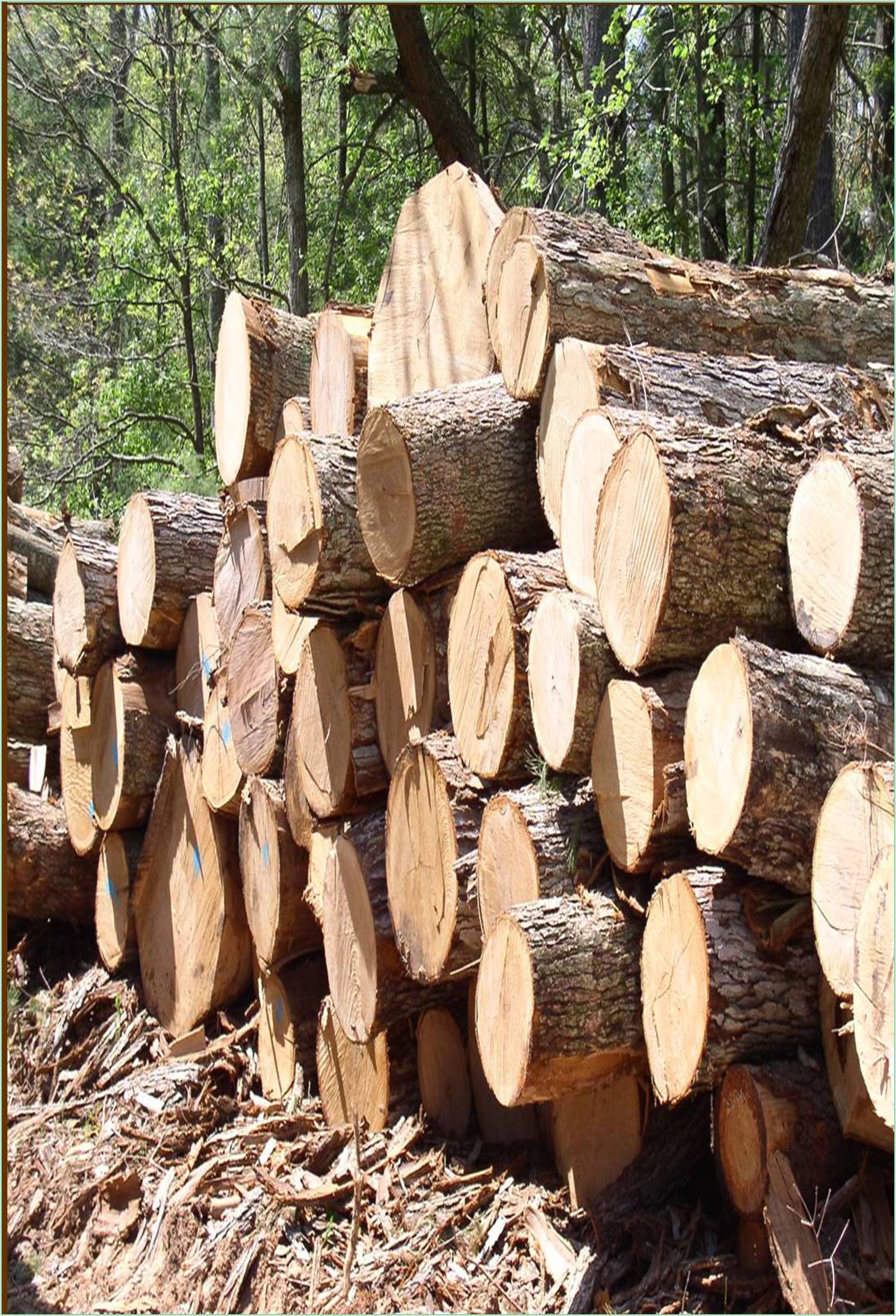



Received: 20-Jul-2022, Manuscript No. GJWSFW-22-74058; Editor assigned: 25-Jul-2022, Pre QC No. GJWSFW-22-74058 (PQ); Reviewed: 08-Aug-2022, QC No. GJWSFW-22-74058; Revised: 16-Aug-2022, Manuscript No. GJWSFW-22-74058 (R); Published: 23-Aug-2022, DOI: 10.15651/2449-1780.22.11.007
There are over 800 different definitions of forest in use today. Furthermore, a region does not have to be covered in trees to be classified as a forest. Additionally, a location may occasionally be formally declared as a forest, independent of the local flora. Overall, forests provide a natural habitat for large-scale fauna, the development of trees, shrubs, and various plant species, all of which are, sadly, becoming less and less common. As a result, protecting the forest is a duty that we are all obliged to fulfill. Forests cover around 31% of the earth's land area. A 2015 study found that 23% of India's land area is covered by forests. The environment of the forest depends heavily on the trees and other plants there. It offers clean air, food, and shelter for life on the planet. Forests also support biodiversity preservation. The resources found in forests include raw materials, food, medicine, clothing, and raw materials. In addition to regulating global temperatures, forests protect soil from erosion and are home to more than 80% of all animal species and terrestrial biodiversity. They also help to improve a nation's socioeconomic conditions. Animal species that have not been domesticated are referred to as wildlife.
Therefore, wildlife refers to every living thing that exists in an area of woodland. It can be found in practically every habitat, including deserts, boreal woods, plains, and grasslands. Since wildlife participates directly or indirectly in natural processes, it greatly stabilizes our ecosystem. Whether a producer, consumer, or decomposer, each living thing has a role in the food chain and is just as significant. They are all interconnected and dependent on one another to survive. More trees are planted and wooded areas are maintained through the practice of forest conservation in order to ensure their sustainability for future generations. Forests are a valuable natural resource that has many advantages for people. But it has become crucial to protect forests around the world due to rising deforestation operations. Deforestation is the permanent eradication or loss of forests to make way for new agricultural, livestock, or other uses of the land. Shifting cultivation is the practice of destroying forests to make way for new agricultural land.
Wildlife is a very significant and essential component of our environment. Some of the arguments supporting the significance of wildlife protection are listed below. Important for their therapeutic benefits Wild plants supply more than one-third of our country's pharmacological requirements. The needs for the large-scale production of antibiotics and other medications for therapeutic uses, together with the potential for medical science and technology advances, are provided by forests. They are in charge of managing world temperatures, battling the greenhouse effect and preventing the sea levels from raising much. This keeps our environment healthy. Essential to preserve ecological equilibrium it is imperative that plants and animals coexist. Economic significance Fossil fuels extracted from forests aid in the nation's economic expansion, which in turn raises the level of living. Thousands of species find refuge in these vast woodlands, aiding in the preservation of biodiversity. Wildlife-associated microorganisms participate in nitrogen fixation, raising soil fertility levels as a result.